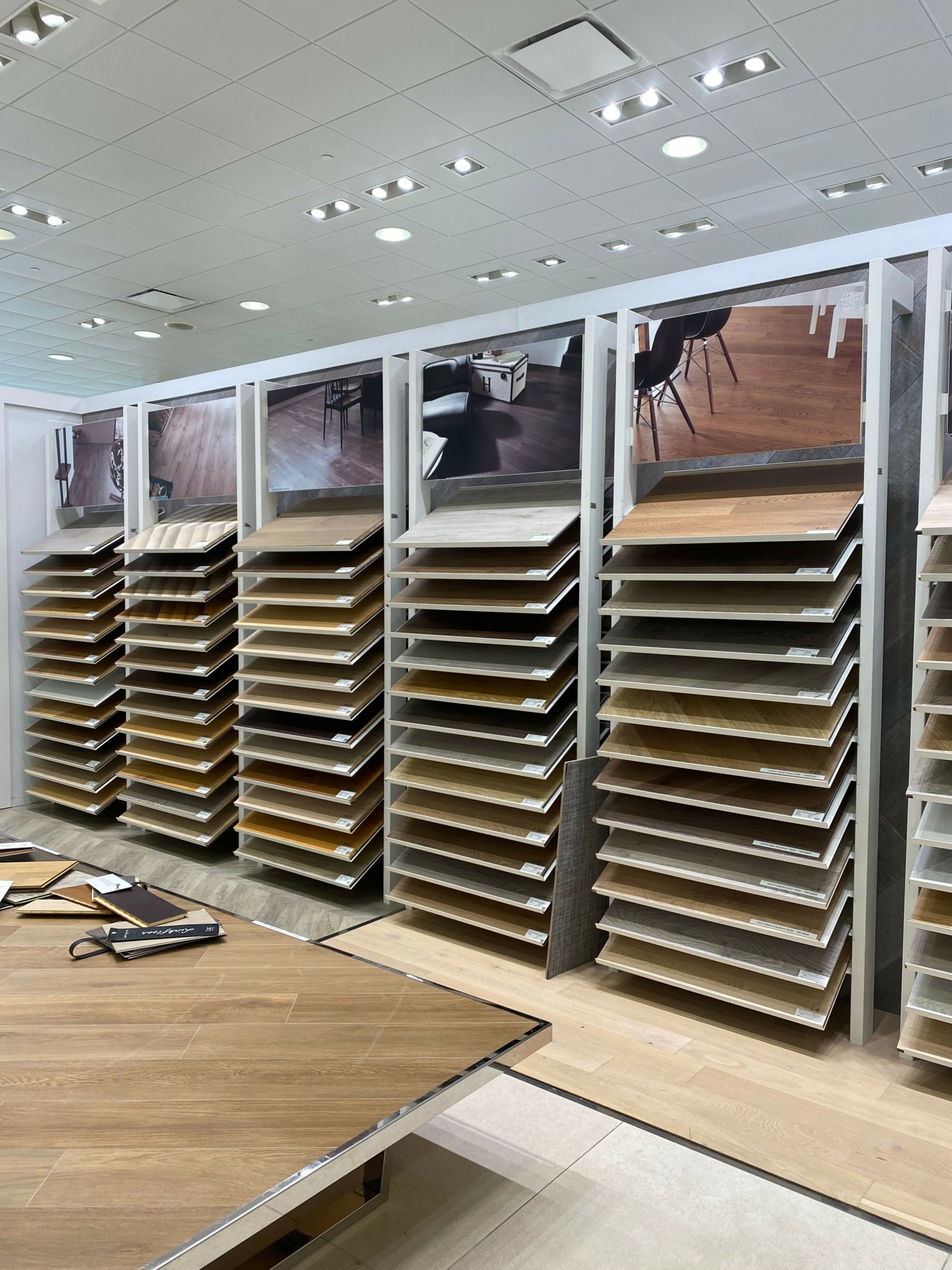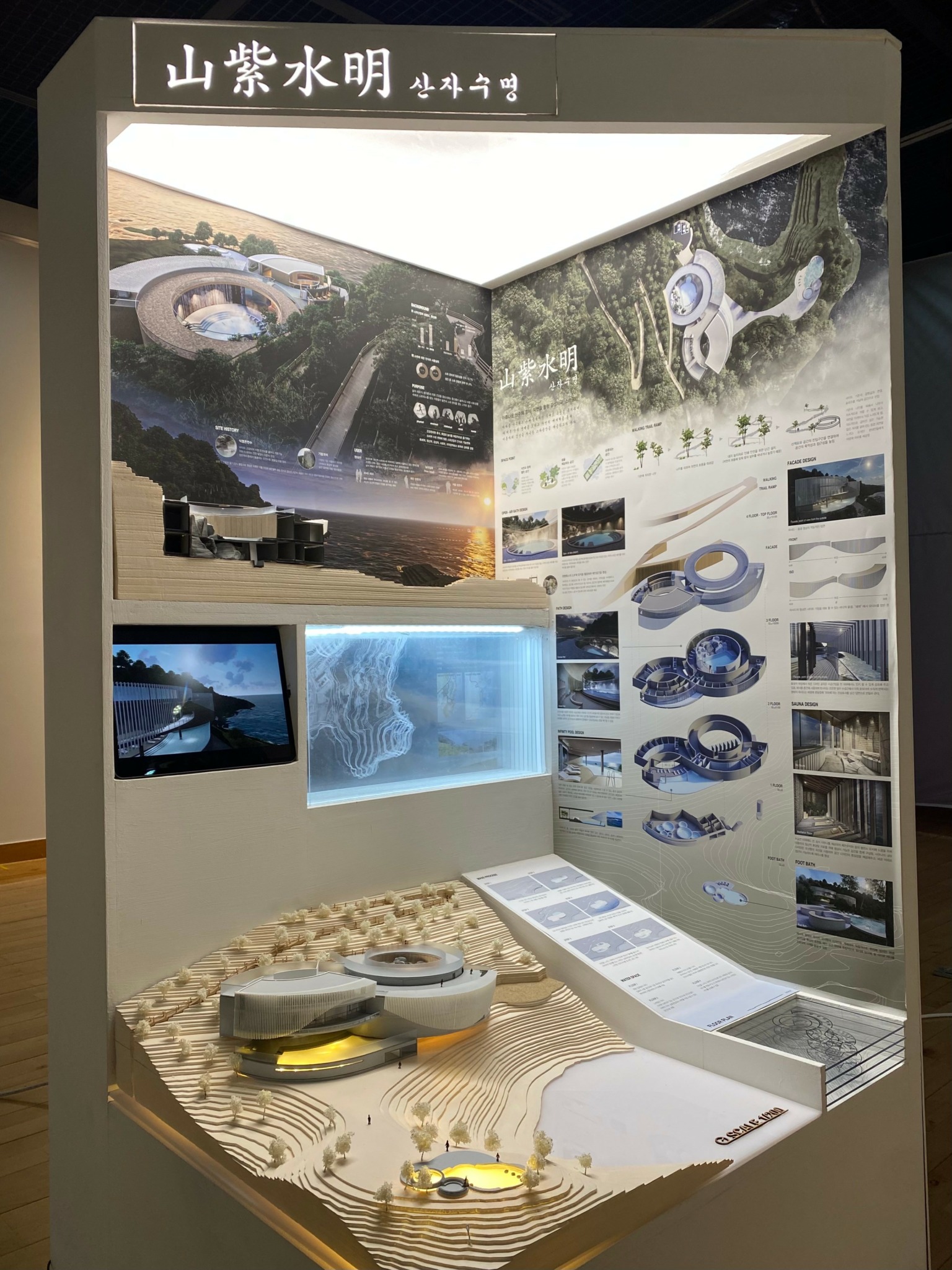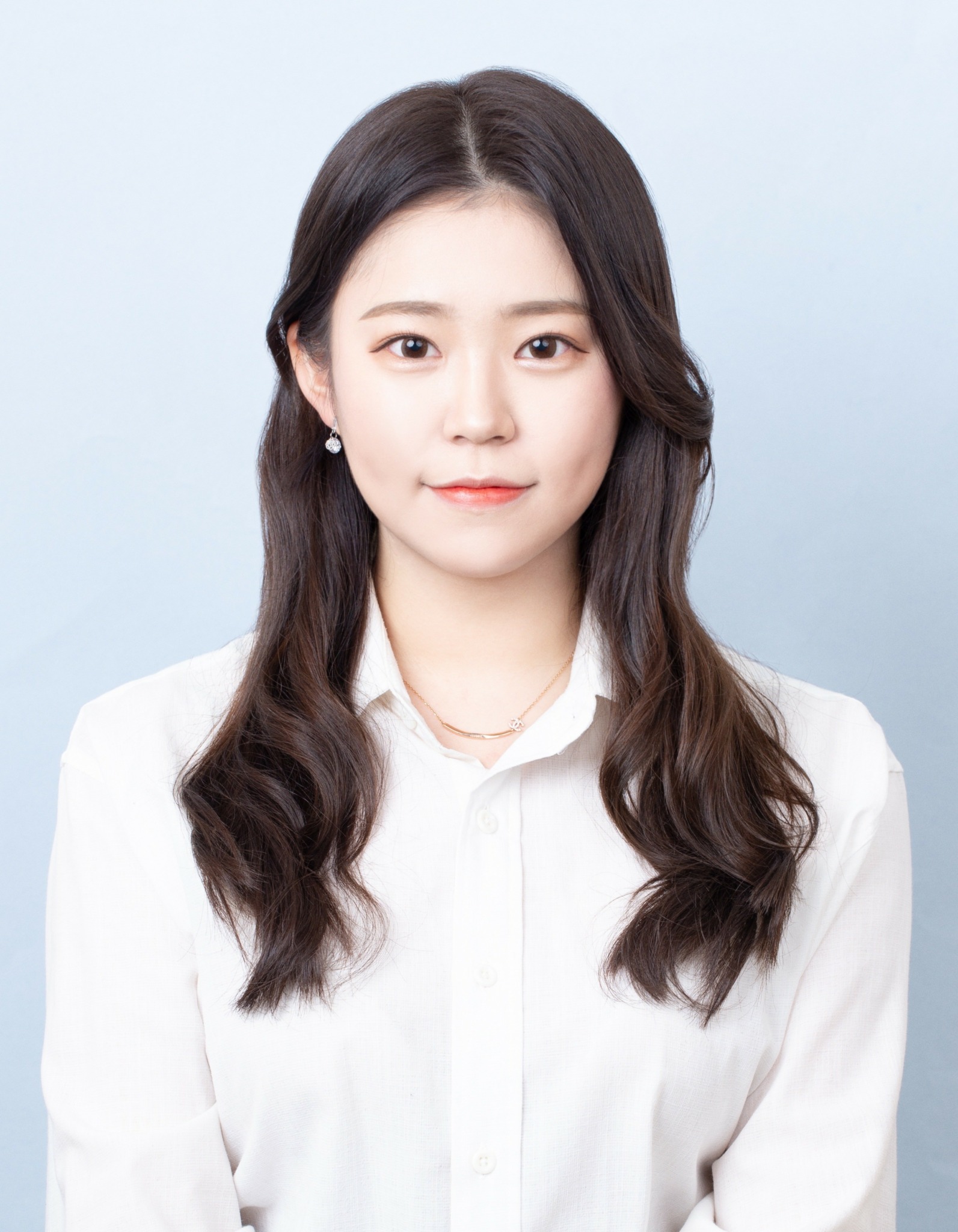We caught up with the brilliant and insightful Bomi Bae a few weeks ago and have shared our conversation below.
Bomi, thanks for taking the time to share your stories with us today Let’s kick things off with your mission – what is it and what’s the story behind why it’s your mission?
When I think about my mission as a designer, it has always been rooted in connecting people through spaces. Coming from Korea and building my career in the United States, I realized early on that restaurants and hospitality spaces are not just about food or service—they are cultural bridges. They tell stories, evoke emotions, and create memories that people carry with them.
For me, the mission is to design spaces that go beyond aesthetics. My goal is to create environments that reflect the identity of a brand while also inviting people to feel connected to the culture behind it. For example, when I work on a Korean restaurant in New York, I don’t just want the space to look appealing; I want it to carry a sense of Korean warmth, tradition, and community—translated in a way that resonates with an international audience.
This mission is meaningful because it combines both my personal journey and my professional vision. Personally, it allows me to share my heritage and values in a new cultural context. Professionally, it gives me a chance to differentiate my work in an industry where trends can sometimes overshadow authenticity. By blending creativity, cultural storytelling, and functionality, I believe I can create spaces that leave a lasting impression.
Ultimately, my mission is about helping people experience more than just a physical environment. I want them to feel the story, the culture, and the intention behind the design. That’s why this mission is not only central to my work—it’s deeply personal.
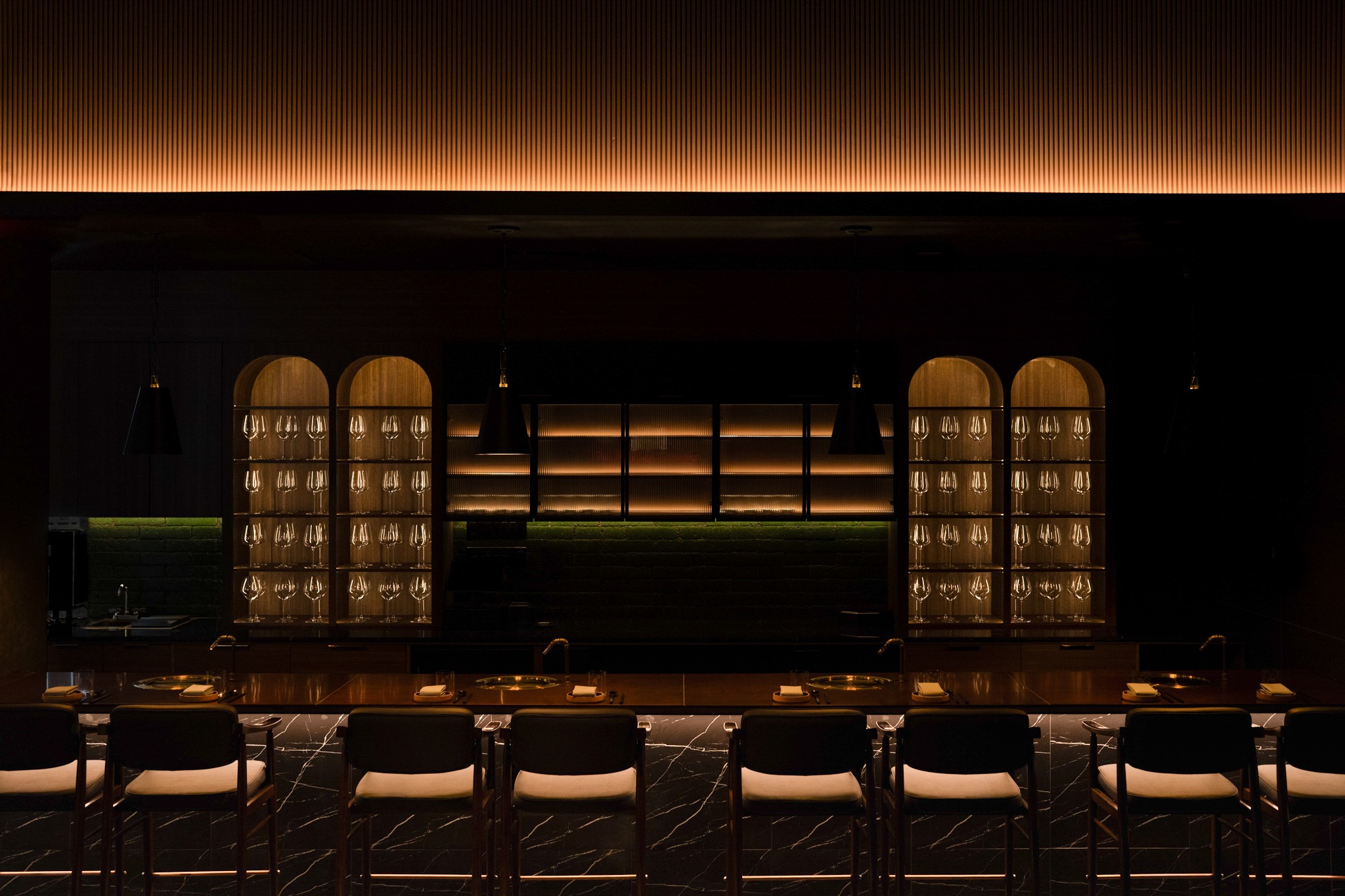
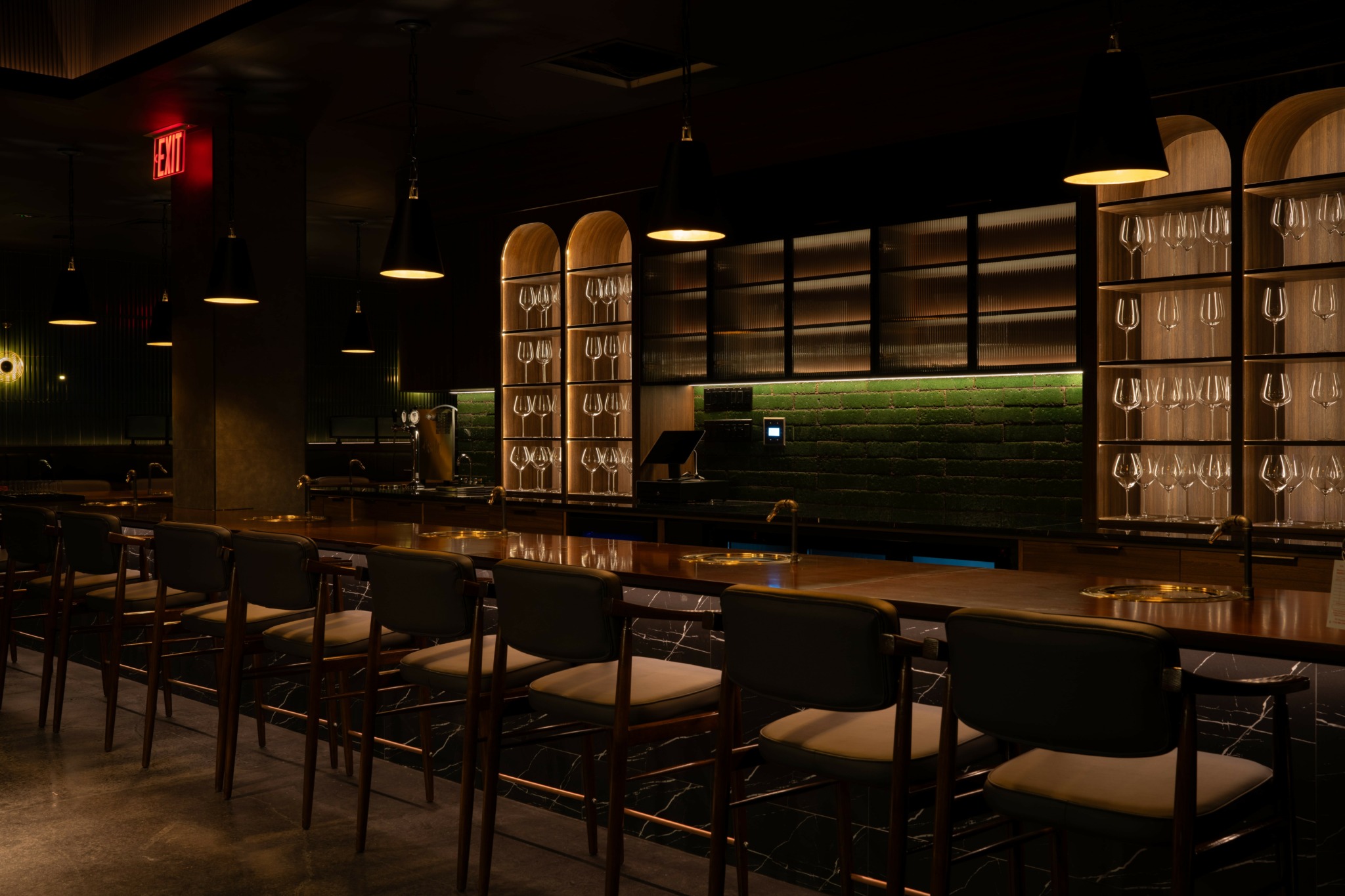
Bomi, before we move on to more of these sorts of questions, can you take some time to bring our readers up to speed on you and what you do?
I am an interior designer specializing in restaurants and hospitality spaces, with a focus on creating environments that connect people through both culture and functionality. My journey began in Korea, where I developed an appreciation for how design shapes everyday experiences. After moving to the United States, I saw how restaurants and dining spaces serve as cultural bridges, and that realization inspired me to dedicate my career to hospitality design.
In my work, I provide end-to-end design solutions for food and beverage projects—from concept development and space planning to material selection, lighting design, and brand integration. What sets my approach apart is that I don’t just think about how a space looks, but also how it works for everyone who uses it. I take into account the unique demands of restaurant operations, from kitchen flow to staff movement to service efficiency. I believe that when employees feel comfortable and supported in their workspace, they deliver better service, which ultimately creates a more welcoming and memorable experience for customers.
This integration of design and service is what I strive to bring into each project. While many designs in this industry can be trend-driven, my work focuses on cultural storytelling, operational functionality, and long-term value. One of the things I am most proud of is being able to bridge cultures through design—sharing my Korean heritage in ways that resonate with international audiences while also helping clients solve real, practical challenges in their businesses.
For potential clients and readers, I want them to know that my work is about more than aesthetics. It is about creating spaces that inspire, support, and connect—spaces where culture, service, and design come together to leave a lasting impression.
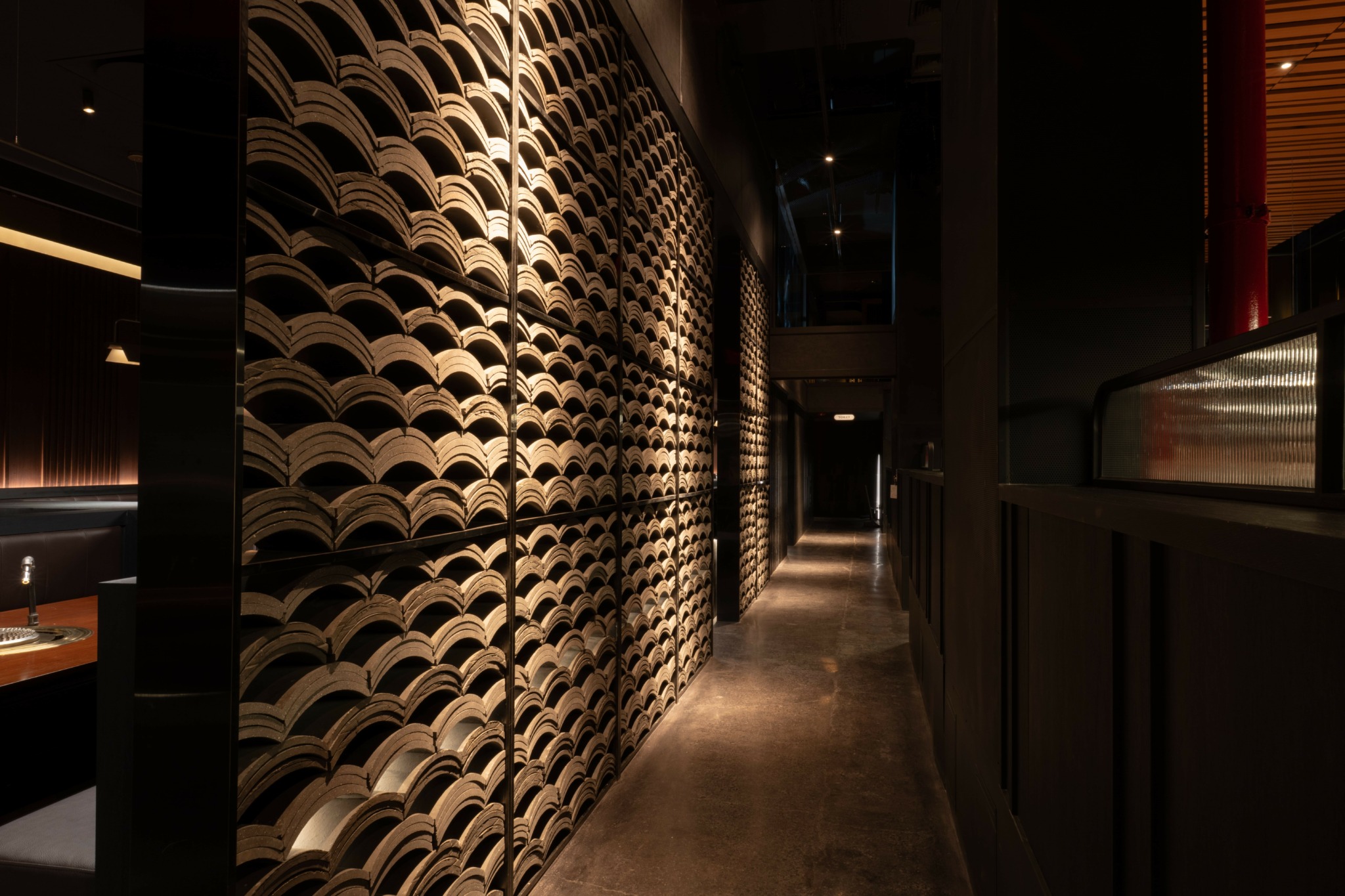
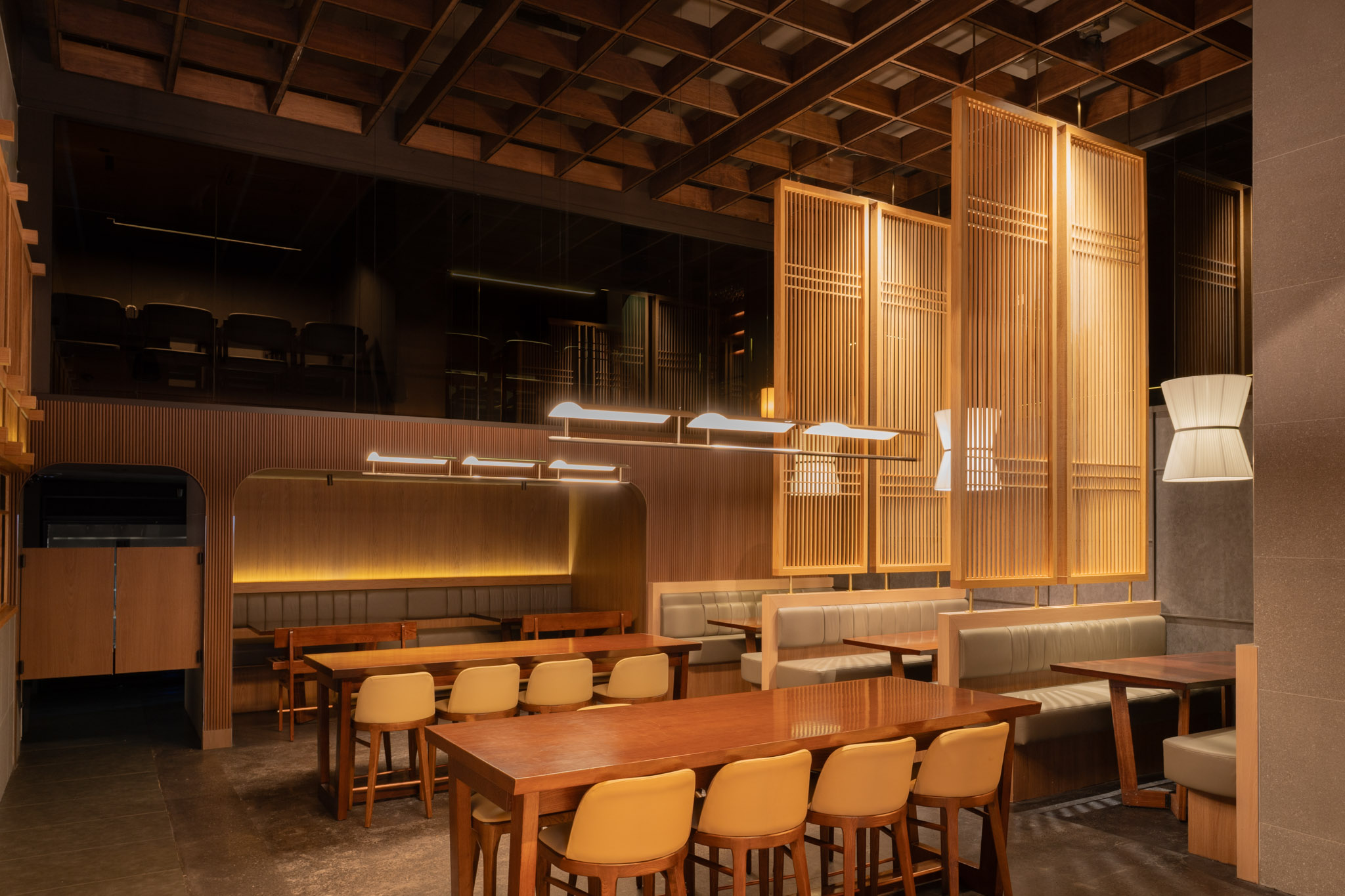
Let’s talk about resilience next – do you have a story you can share with us?
My resilience has been tested many times throughout my journey as a designer, particularly working across different cultural and business contexts. Transitioning from Korea to the United States meant navigating new regulations, diverse client expectations, and unfamiliar working environments. At first, these challenges felt daunting, but I quickly realized they were opportunities to grow.
I learned to adapt, to problem-solve under pressure, and to communicate effectively across cultures. Every obstacle—whether it was limited resources, tight deadlines, or cultural differences—pushed me to become more flexible and innovative. Over time, resilience became less about enduring difficulties and more about transforming challenges into valuable learning experiences that shaped me into the designer I am today.
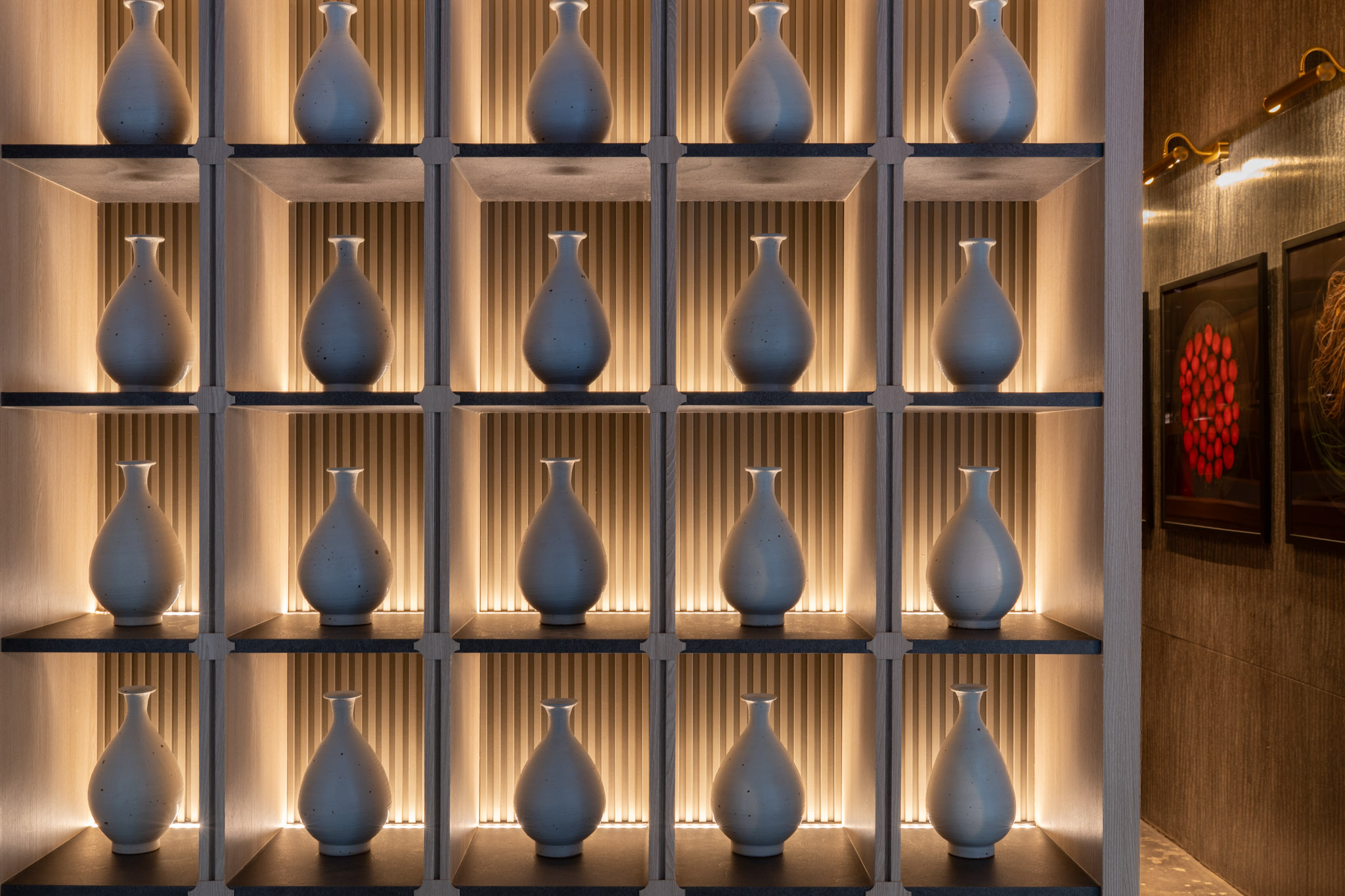

What’s the most rewarding aspect of being a creative in your experience?
The most rewarding part of being a creative is seeing how design can bring people together and create lasting connections. For me, it’s never just about how a space looks—it’s about how it makes people feel and how it supports the experiences they share.
I find great fulfillment when I see guests feeling at ease in a space I designed, or when staff tell me that the environment helps them work more comfortably and provide better service. That balance—where design supports both the people delivering the service and those receiving it—is incredibly meaningful to me. Ultimately, my greatest reward is knowing that my work can create spaces that are not only visually appealing but also emotionally resonant and culturally relevant.
Contact Info:
